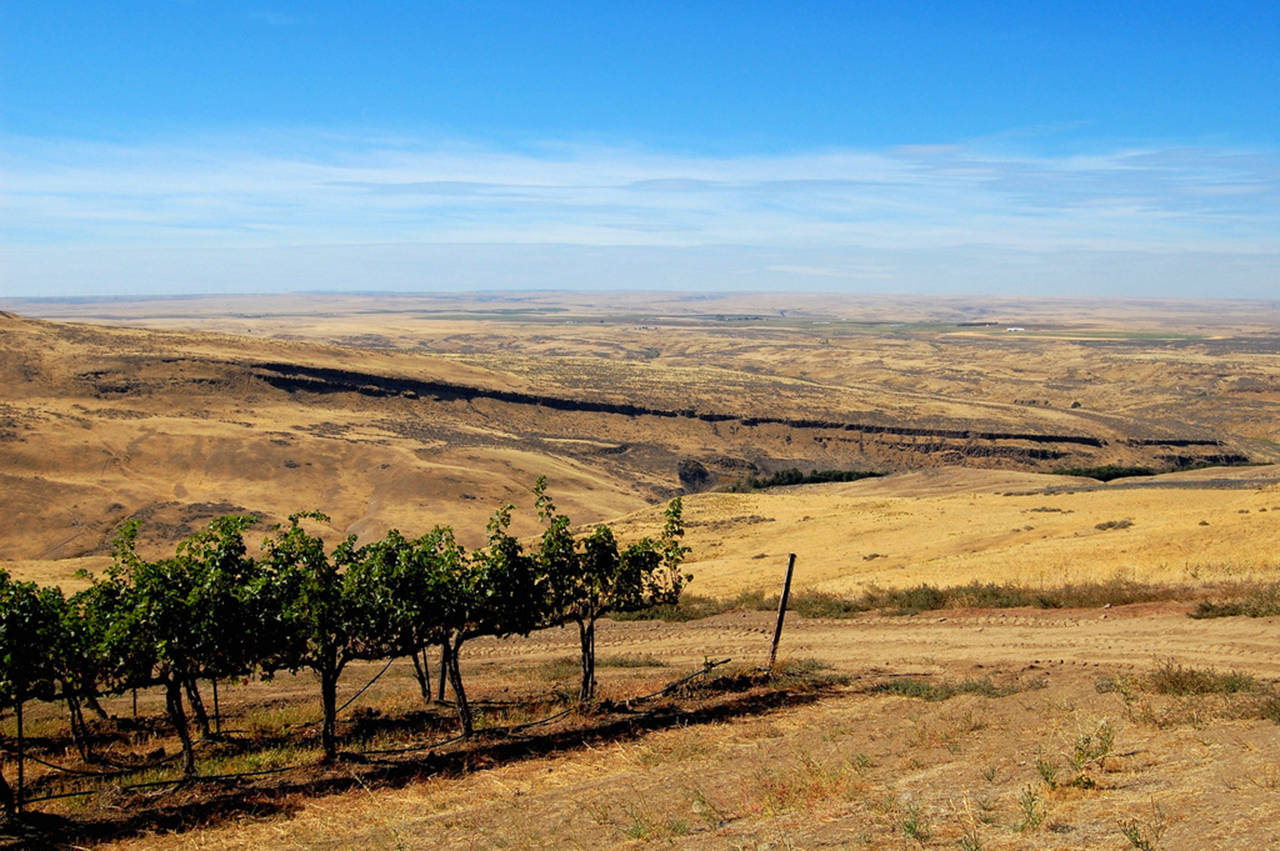By Kim Woodford
WSU Master Gardener
While chopping up a bunch of carrots, an onion, some tomatoes and spinach for a nice pot of minestrone soup on a cold winter’s day, I thought perhaps I should taste the vegetables first. A whole pot of soup can taste no better than the sum of its parts, right? I always remind myself that subjectivity isn’t good for science.
So … we know good soil makes for healthier plants, but can soil produce better-tasting vegetables? Many in the food industry insist soil composition is the key that makes foods taste a particular way. I like a sweeter carrot flavor, and others prefer a zesty (I call bitter) carrot. What makes the difference?
The term “terroir” is often used by chefs, TV shows and cookbook authors to describe how the growing conditions of a specific region impart flavor to the food grown there.
The word’s origin is French. Relating to land, country, stretch of land in reference to its agricultural features, the word comes from Old French tieroir and Vulgar Latin terratorium. The term comprises the entire environment in which a fruit or vegetable is produced: the soil, the climate, the sun, even the slope of a hill.
It leads to the idea that the famous San Marzano tomatoes grown on Italian mountainsides are somehow special. The weather on that slope, its geography and, above all, the composition of the soil make those tomatoes taste a particular way.
That’s why shoppers willingly pay more money for specific wines, coffees, chocolates and endless varieties of fruits and vegetables.
John Reganold, a leading soil scientist at Washington State University, says while soil conditions can make food taste better, the effect of soil is hard to isolate from, say, the effects of light or water.
“It wouldn’t be in the scientific literature because it is very hard to measure the impact of terroir on taste,” he said.
Despite the difficulty in studying soil’s impact on taste, Reganold set out to do just that. He found 26 strawberry farms in California where he tested 31 traditional soil properties, like organic matter and microbial activity. (Yes! A strawberry tasting.)
Apart from the soil, other aspects of terroir, like climate and geography, were the same. It turns out higher-quality soil does indeed produce more nutritious berries that are more shelf-stable.
But when it comes to taste, the results from a panel of tasters were inconclusive. They liked strawberries from a whole range of farms with a whole range of soils. And while that doesn’t mean terroir isn’t real, it just means taste is awfully subjective.
A superior-quality fruit or vegetable will have more carbohydrates, proteins and minerals. When a fruit or vegetable has higher nutrients, the density of the vegetable will be greater, because minerals weigh more than water. A low-quality fruit or vegetable will have fewer minerals, making it bland, watery or mushy.
There is a meter called a refractometer that can measure the amounts of dissolved solids in the fruit or vegetable. This tool will tell us if one fruit or vegetable is more nutrient-dense than another.
We have an internal refractometer built right into our body: our taste buds. When we consume fruits and vegetables that are nutrient-dense, we feel like we have just bitten into the best fruit or vegetable on the planet.
Getting back to my soup pot, the taste of carrots is a unique composition of sweet, fruity, and more harsh or bitter flavors (we could just as well be talking about wines here). Many factors affect the balance between the different flavors in carrots and thus contribute to the final taste. Trust me: it is very complex.
The sugar in carrots consists mainly of sucrose, glucose and fructose. Terpenes found in the oil in a carrot also contribute to the typical carrot taste. The carrot’s growth and even storage can impact its flavor. See what I mean about a taste’s complexity?
Finally, I make a desperately subjective act in soup making: I taste these carrots that I harvested from my garden. Crunching loudly, my refractometer reports they are not as I would like, but I learned awhile back that my garden does not respond to my Master Gardener ID badge with appropriate respect and subsequent action.
I think I heard the carrots laughing.
* * *
Mark your calendars for the 2018 Grays Harbor Master Gardener Show, May 19-20 at the Grays Harbor Fairgrounds in Elma. Garden and home vendors will fill the entire pavilion. Marianne Binetti will bring her “Container Wars” event to the show’s stage at 1 p.m. that Sunday.
Kim Woodford, WSU Master Gardener Class of 2016, gardens in Westport.


